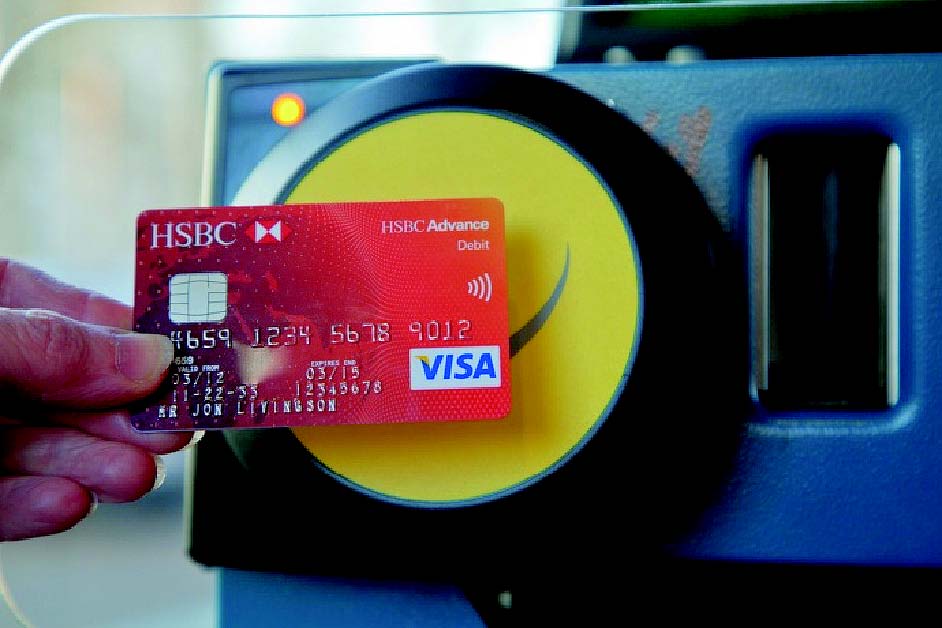Note: GJEL Accident Attorneys regularly sponsors coverage on Streetsblog San Francisco and Streetsblog California. Unless noted in the story, GJEL Accident Attorneys is not consulted for the content or editorial direction of the sponsored content.
Back in the 1890s, when the bus was the new, disruptive transportation tech, bus riders didn't pay fares with a ticket--they paid with cash. "The conductors who collected the cash, put one fare in the till, and two in the pocket," said Matthew Hudson, Head of Business Development, for Transport for London (TfL), at a talk on fare integration Monday evening at SPUR's San Francisco location. "We introduced the ticket to stop fraud. Doesn’t particularly help the customer experience, but we had to do it to stop the bus companies going bust."
Tickets advanced-- magnetically striped tickets were introduced in the 1980s, explained Hudson, but they remain an inconvenience for customers and an extra step that slows down the system. "Transport networks are only as good as the weakest points," he said, adding that in London the cumulative time it took to pass through fare gates with a magnetically striped paper ticket was literally reducing the number of people who could get into the system. "That's what triggered London to look at new technology."
That new technology, of course, is the Oyster Card--London's electronic fare-card payment system. But TfL has taken the concept further--and is working towards going back to direct payment.
Hudson pointed to a regular old debit/bank card. "Why can’t we use this card, make it work for us?" Today, anyone who has a bank card on the right financial network can just tap it on the fare gates. He recalls how before this system tourists in London would get hopelessly confused by the zone system and whether or not to get a day pass or a single ride ticket. "We can now put a poster on the wall and say 'do you have a bank card with this symbol? Just tap it on our readers and you’ll be charged the cheapest fare.'”

That second part is key.
London has fare caps. That means if someone taps on to take one ride, they get charged for one ride. If they take two rides, they get charged for two--but as soon as that amount reaches the cost of a day pass, the system stops charging them. The same holds true for weekly and monthly passes. "With 'pay as you go' we always charge you the cheapest fare, either the single fare or the daily pass, whatever’s cheapest. Customers said to us that 'you removed a pain point for me.'” explained Hudson.
This way customers don't have to fret over what kind of ticket is most economical and can just ride the system. The result? More people ride the system more often--and overall revenue for TfL goes up.
"Over 2.5 years we’ve been running it, the share of people using bank cards instead of Oyster Cards has gone up 50 percent--with no marketing. People just want convenience," said Hudson. London, of course, also has all its rail operators integrated on a zone and fare system, so riders don't have to worry about getting charged extra for transferring.
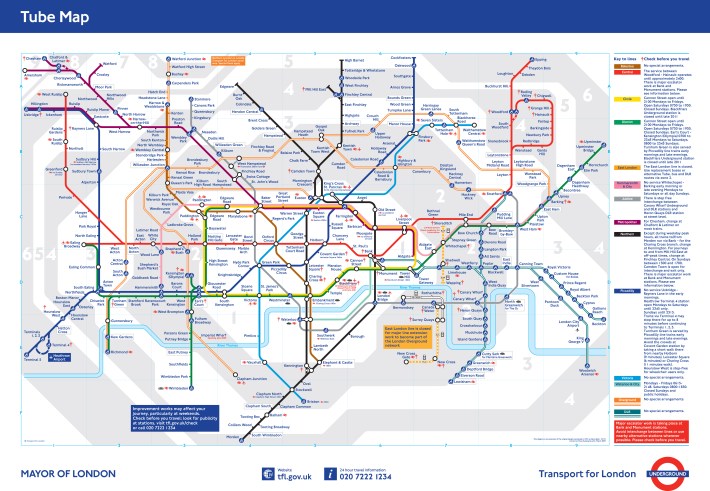
Zurich also has made great strides in integrating and simplifying its fare collection. "More than 70 percent commute by public transport, less than 30 percent by car," said Dominik Brühwiler with Zürcher Verkehrsverbund (ZVV, Zurich's transit agency). In fact, unlike in the U.S., the wealthier someone is, the more they use transit. That is, of course, because it's comprehensive and fast, and transfers are consistent and down to the minute. The importance of perfectly timed transfers cannot be overstated. "You use public transit because it’s competitive from door to door, not station to station," said Brühwiler. "If it’s the faster or more convenient than a car you will use it."
That means schedules have to be frequent, both peak and off-peak, with no more than 15-minute intervals. Furthermore, "the maximum walk is 400 yards to the next bus station, even in rural areas...and the system has to be reliable. The average delay of all trains was 72 seconds."
And, on top of all that, the ticketing has to be simple, consistent and transparent--in other words, it has to make the entire Swiss transit system appear as one integrated transportation network. "You need one ticket for the whole trip for the whole country, you can change seven times, ten times, for the bus, the train, the boat, one ticket covers everything," said Brühwiler.
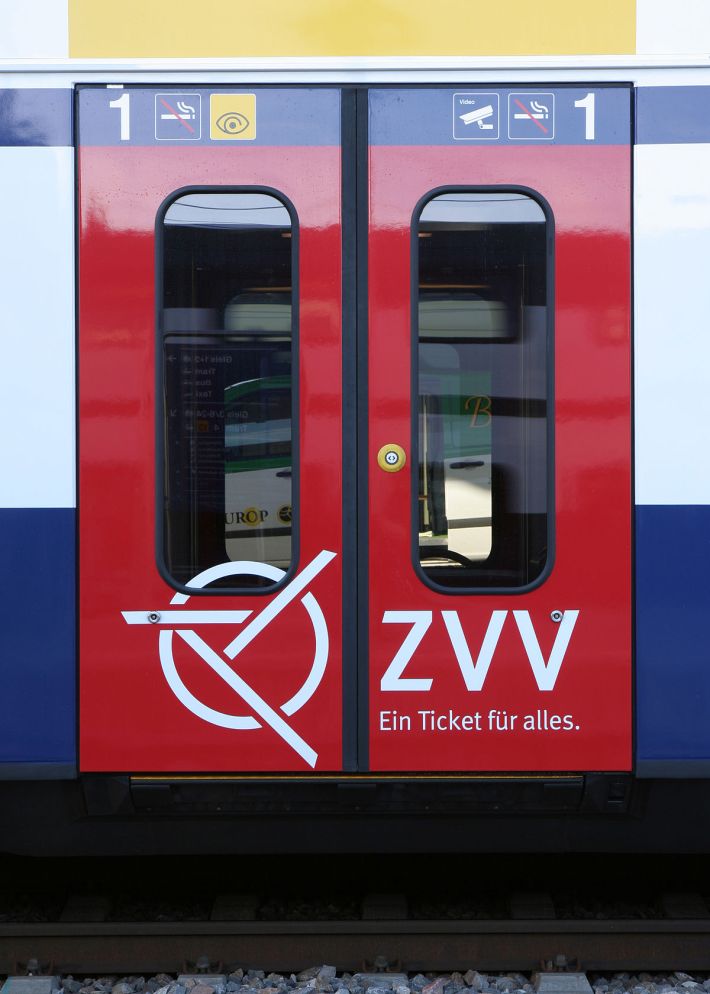
That's because fares aren't collected by the individual transit operators. They are centralized, and then revenue is distributed according to performance metrics. Individual rail operators are obliged to participate in the national system. "You have to participate or you get no subsidies from the government, by law," said Brühwiler. "So there is no discussion about that." Even international trains that are passing through Switzerland can be ridden using a Swiss pass. Transit passes are issued by subscription, and, like a Netflix or a news service subscription, it renews automatically. "Users don’t have to think about buying a ticket." In addition, the passes are usually issued by an employer. And as in London, Switzerland is in the process of switching to fully electronic and mobile phone-based fare systems.
Lastly, the SPUR audience heard from Martin Powell of Metrolinx, an agency of the Government of Ontario, Canada. It was created in 2006 to improve the coordination and integration of all modes of transportation in the Greater Toronto and Hamilton Area. In Toronto, with its subway, bus and LRT system, everything is based on a flat fare. The suburban areas honor one another's bus fares, but there was no integration between the urban core and the outlying areas. As a result, "We have basically a two-zone system," said Powell, for anyone who leaves Toronto proper and enters the adjoining municipalities.
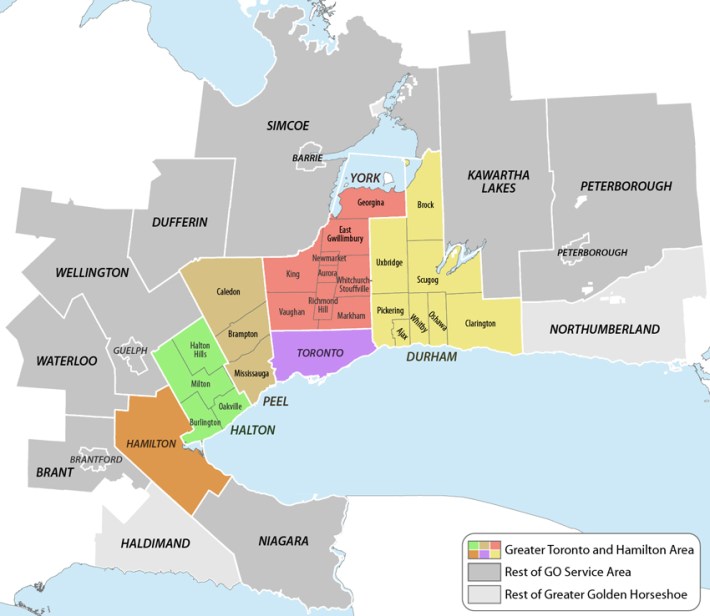
Because of the lack of a fare-zone system within Toronto, it's also hard to compete with rideshare companies within the city borders. "For people go one or two subway stops, if you’re with someone else, you can use an Uber and it's cheaper." Bottom line, fares don't represent the distance or cost of a trip.
Metrolinx is trying to improve things incrementally by, for example, offering discounts for people transferring from TTC (Toronto's version of Muni) to GoTransit (Toronto's equivalent to Caltrain). But, as with the Bay Area's Metropolitan Transportation Commission, it sounds as if Metrolinx has a lot of work to do. Even youth and senior citizen discounts come with a different set of rules, depending which transit agency. "We're working with agencies trying to come to harmonize definitions for things like children, who gets free trips, etc.," said Powell.
Meanwhile, advocacy groups, such as Seamless Bay Area, are trying to achieve Swiss or London-style fare integration here. At the start of the talk, SPUR's Arielle Fleisher asked people in the audience what they'd like to see added to Clipper--people mentioned rationalized fares between agencies, a zone system, the ability to buy a Coke with a Clipper Card, and, one might add, a laser to cut through the physical bars that separate the stairs and platforms areas and make it so difficult to transfer between Muni and BART.
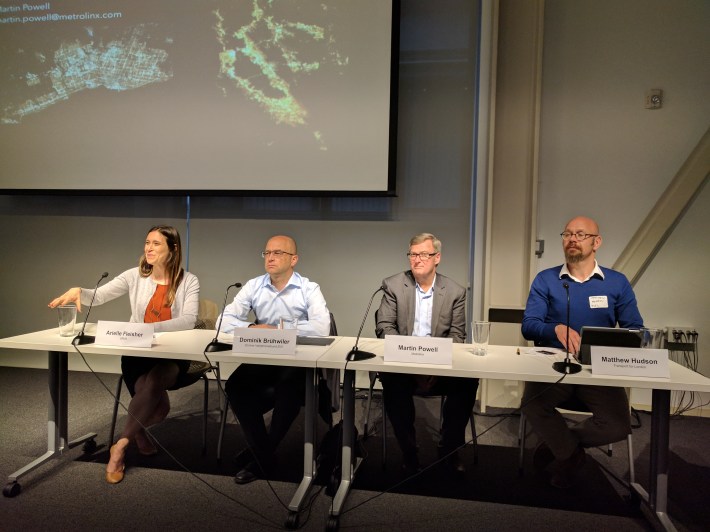
For more events like these, visit SPUR’s events page.
For more on fare integration, look for Streetsblog California's coverage of the California Integrated Travel Conference.
